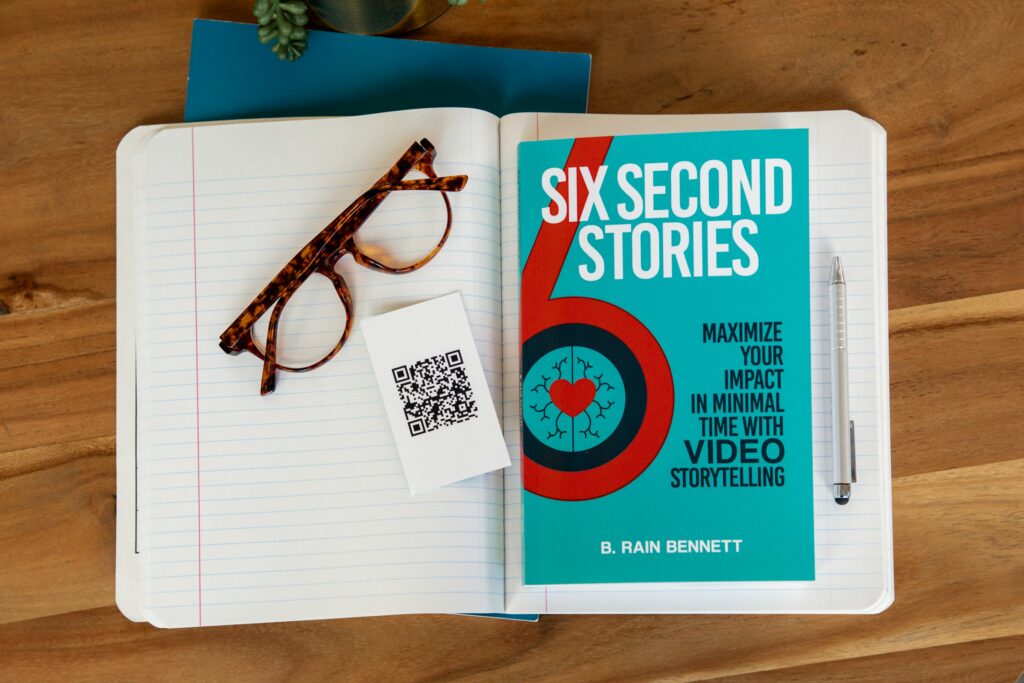
Allowing off-site searching using Online Public Access Catalogs. Increasing security with RFID. Moving collections online. Today’s libraries are successful in adopting technologies in different aspects of library practice.
These huge leaps in technology go hand-in-hand with great ways to market them to patrons. A simple yet modern way to do that is using QR Codes.
Quick Response or QR Codes are 2-dimensional barcodes that can store huge amounts of data. To read, scan them using modern smartphone cameras. QR Codes can store almost any sort of data. These make them perfect for advertising your library to your tech-savvy customers.
If you’re a library manager considering integrating this popular technology into your library, this article is for you.
Why Use QR Code for Libraries
The pandemic caused a steep decline in library visits in 2021. But many libraries are able to bounce back. This is because they already have the infrastructure and services needed to shift to online long before the global lockdowns happened.
In fact, according to the Chartered Institute of Public Finance and Accountancy or Cipfa, there was an 18% or 154.7 million increase in the use of libraries’ online resources. This show how communities still value libraries and library services.
Despite that the world has opened up again, library online services are here to stay.
Using QR Codes are great because they are versatile, affordable, and accessible to 3.83 billion people using smartphones. Since you rarely need a special device to access the information stored in it, your users can scan it anytime, anywhere.
Also, QR Codes are currently popular. People have seen them before, and most likely would have used them before. So, you don’t need to instruct people how to use them.
As for me, I find their minimalistic design beautiful. They may be seamlessly integrated to any design project. The 2D square in itself is an intriguing design that makes people want to scan them.
How to Create QR Code for Libraries for Free
There are so many available free QR Code generators online. One of the easiest way to use QR Codes is for visitor sign-ins.
QR Code for Sign In
Visitor statistics is one of the important pieces of evidence of the relevance of libraries. Cut the entrance queue by allowing your visitors to sign in using a QR Code.
- Create your sign up sheet on Google form and copy the URL.
- Login to your QR Cloud account and go to QR Codes.
- Click “Create QR Code”.
- Add a name for your QR Code, and if necessary, a project title.
- On the QR Type subfield, choose “URL”.
- Paste the Google Form URL.
- Customize the appearance of your QR Code, if you want.
- Test your QR Code by scanning it using your smartphone camera.
- Once satisfied, download and print.
You can now put up your QR Code near the entrance of your library. All your patrons need to do is show their “Thank You for Signing In” message to the staff manning the entrance.
QR Code for Libraries: Some Examples

Library Catalog
In 2022, can you imagine a library that still solely uses card catalogs? Make searching for resources easier by leading your patrons directly to your Online Public Access Catalog using a QR Code posted outside and inside your building, or on your printed posters and brochures.
Or, you can generate individual QR Codes for title, author, or subject search. You can even create QR Codes for different collections, like archives, special collections, serials, general references, and media services.
Children’s Books
I’m sure you and your patrons miss the storytelling sessions at the children’s section. Create storytelling videos based on the books in your library and upload them on YouTube. Then, you can create a QR Code for each storytelling video using the steps above. Paste this QR Code on the front cover of your book. You can also make read-along videos to go with the book that parents checkout for their kids.
Check-in/Checkout System
If your library allows self-checkouts and self-check-ins, then you can use QR Codes to facilitate this process.
High-end checkouts and check-ins are expensive. If you don’t have the budget for this project, you can create a Google Form with the borrower’s ID number and the book’s accession code, which they have to accomplish upon self-check-in or self-check-out. You can have a staff manning the exit with access to the responses to double check whether a resource has been properly checked in or not.
QR Code for Overdue Fees
If your library still collects fines for late return of books,QR Code is a cashless, convenient, and fast alternative payment method. Generate a QR Code using your online payment app or mobile banking, then post it on the checkout counter for cashless payments.
Announcements
You can definitely use QR Code for any kind of announcement or promotion for your library. A downloadable PDF of your library guides? Check. Suggest following your social media page? Check. Drive traffic to your homepage? Check. Invite your patrons to register to your upcoming reading conference? Check!
Inventory Management
Since QR Codes were invented as a better way to track inventory, the technology is definitely applicable to inventory management libraries as well.
Inventory is a regular part of any library. If you wish to make inventory management easier and faster for your staff with a limited budget, QR Codes are a great alternative to the 1D barcode or the expensive RFID. There are free QR Code generators available that will allow you to create batch QR Codes for your collection.
But how about if your library already uses barcodes? Well, you don’t have to replace your existing barcodes altogether! Instead, you can simply upgrade to QR Codes when processing your incoming resources.
Bottom Line
QR Codes are a great way to accompany your library’s campaign to modernize its services and image. Since they can store almost any sort of information, you can use them for virtually any project – from advertising to sign-ins to inventory management to access to your collections.
If you want to know more about how QR Cloud can be your library’s partner for your QR Code marketing needs, visit us at qr-cloud.com.
-
Previous Post
QR Code or Barcode: Which is Better?
-
Next Post
Landing Page Behind QR Code
